Amazon Kindle (4th Gen) Review
by Andrew Cunningham on October 19, 2011 12:30 PM ESTThe new Kindle Fire may have gotten most of the attention when Amazon refreshed its Kindle lineup this year, but Amazon is still very much in the e-reader market. The fourth-generation Kindle, the Kindle Touch, and the Kindle Touch 3G all promise to deliver the traditional Kindle experience in a lighter and less expensive package - continue reading for our thoughts on the new $79 Kindle.
Hardware and Tech Specs
The new Kindle’s 6”, 600x800 E-Ink Pearl screen is basically the same as the previous model’s, but that’s where most of the hardware similarities end: the keyboard, a mainstay of all previous Kindles, has been removed and replaced by four physical buttons and what Amazon calls a “five-way controller,” a directional pad surrounding a button. Typing is now done using this controller and an on-screen software keyboard, which I’ll complain a bit about later.
For all the inconvenience of text entry, the keyboard’s removal does noticeably reduce the Kindle’s size and weight - the new unit is 6.5” (166mm) tall, 4.5” (114mm) wide, and 0.34” (8.7mm) deep, and weighs just a shade under 6 ounces, down from the 8.5 ounces of the previous model. As a result, it’s comfortable to hold in one hand for most extended reading sessions. Many promotional shots show it nestled in the back pocket of someone’s jeans, which you can do, even though you feel like you’re going to snap it in half when you sit down. Suffice it to say that it slides easily into most bags, cases, and purses without issue.
On the inside, the Kindle is outfitted cheaply (to hit that $79 price point) but well enough, given its intended function - the fine folks over at Blog Kindle have done a very thorough, device-bricking teardown of the Kindle so that we didn’t have to. The action is driven by a Freescale i.MX50-series Cortex A8 SoC running at 800MHz, while an Epson KCRE7000 E-ink display controller handles the visuals. An Atheros AR6103 chip provides wireless b, g, and n Wi-Fi speeds of up to 72.2 Mbps on the 2.4GHz band. 256MB of RAM from Hynix and 2GB of flash memory from Sandisk round out the rest of the Kindle’s important chips.
All of this hardware is powered by a 890mAh 3.7 V battery, which Amazon says is good for about a month, and while I haven’t had the thing for a month I can say that this sounds about right - after a week of daily usage, I’ve used about a quarter of the Kindle’s battery life. There’s no charger included in the box, but the included micro-USB cable can be connected to any computer or USB charger - the Kindle had no problem with my iPhone’s charger, and I expect that most micro-USB chargers will work without issue. Amazon also sells its own branded adapter for $10.
The basic Kindle’s 2GB of storage space (which in practice works out to be around 1.3GB after the system software) is half that of the previous generation Kindle and the forthcoming Kindle Touch, though it’s certainly as much as you need to store anything you’re actively reading. Amazon’s cloud storage lets you archive anything you’re not reading, and you can re-download it to your device in short order if you’ve got a Wi-Fi connection.
Aside from Amazon’s .AZW format books, this Kindle supports TXT, PDF, unprotected MOBI, and PRC files natively. HTML, DOC, DOCX, JPEG, GIF, PNG, and BMP files can all be viewed after being converted by Amazon or another program. You’ll notice that there are no audio files on this list - the low-end Kindle doesn’t support audio in any way, so audiobooks, the “read to me” text-to-speech feature, and music are incompatible with it. The Kindle Touch will include audio support when it launches in November, and the Kindle Keyboard (a rebranding of the previous-generation device) continues to support audio.
Plugging the Kindle into your PC puts it into USB drive mode, where you can charge the device and move files into its flash memory. To continue to charge the Kindle while using it normally, eject it from the computer.
Unboxing and Setup
The Kindle comes in a simple, unadorned cardboard box with “Kindle” emblazoned on the side. Open it up, and you’ll find the device and the micro USB cable nestled in an all-cardboard enclosure that should be familiar to anyone who has experienced Amazon’s “frustration free” packaging - the lack of plastic makes it both easier to open and more environmentally sound. A simple slip of cardboard tells you how to navigate with and charge the Kindle, and there’s no other manual in sight.
First-time setup is a bit of a pain, and it all comes down to the keyboard - previous Kindles have all used a smartphone-ish physical keyboard (the Kindle Keyboard continues to, of course), and forthcoming Kindles will all include some manner of touchscreen, but the base Kindle just has an on-screen keyboard and a directional pad for navigation.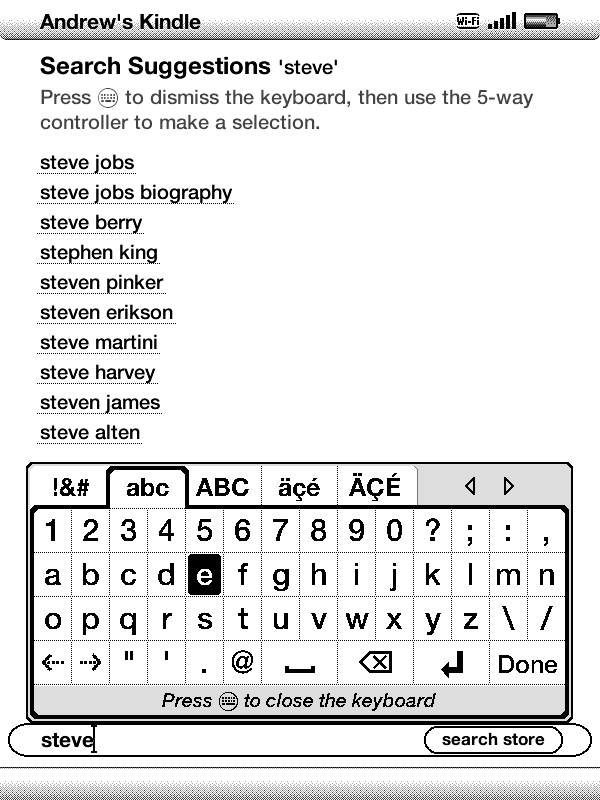
You now know why no one Tweets from their Xbox 360. For the same reason, you’ll want to stay away from the included web browser for anything more complicated than a quick search - typing is just too belabored.
After connecting to my wireless network (WEP, WPA, and WPA2 are all fully supported, and once I typed in my SSID the Kindle saw my hidden network without difficulty), I found downloading books from my Kindle library to be quick and relatively painless, though again hampered by constant clicking to navigate and to type. Buying new books is best done on a PC, where Amazon will give you the option to have your titles automatically downloaded to the Kindle - you can find and purchase books on the device itself, but if you find the keyboard as painful to use as I did you’ll tend to shy away from it. To its credit, Amazon’s search suggestions list is pretty long and pretty aggressive, so you generally shouldn’t have to type the entire name of the book or author that you’re looking for.


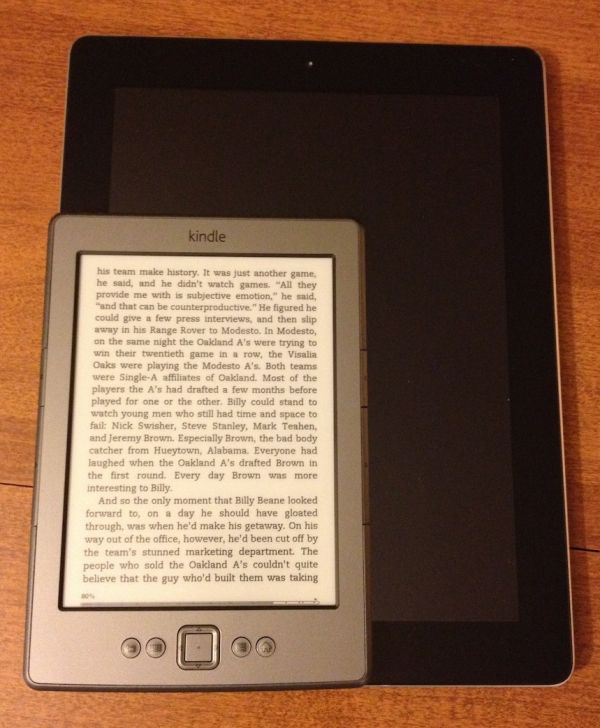
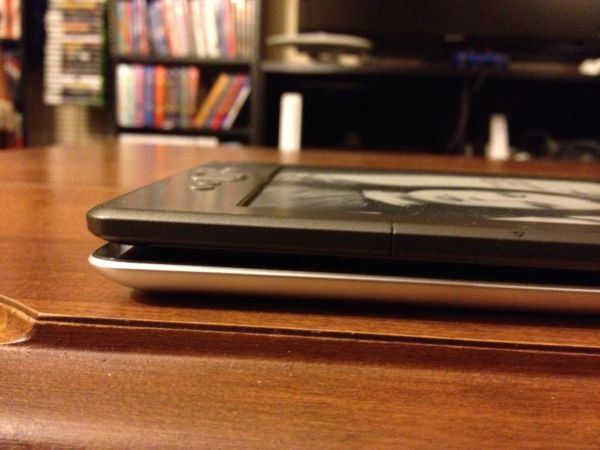
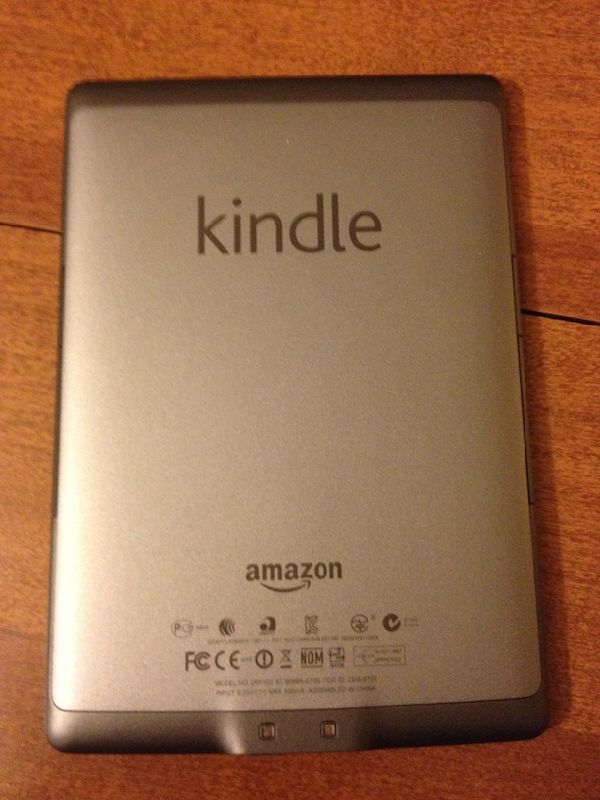
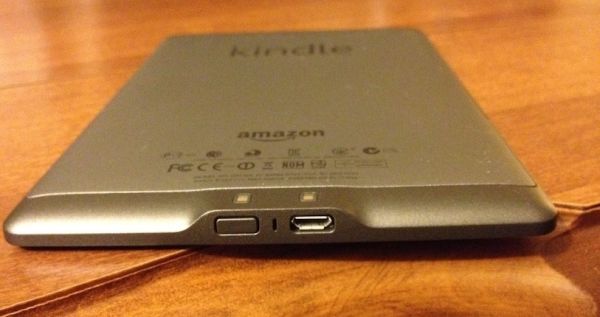
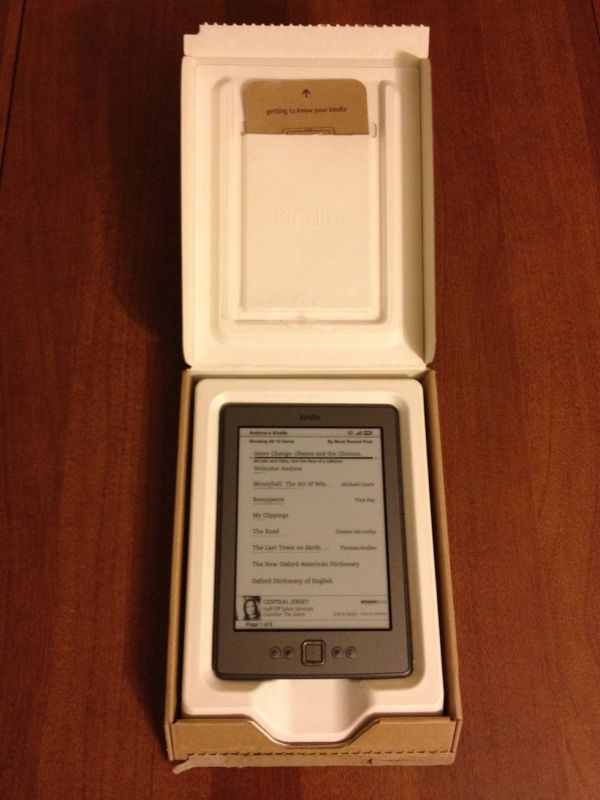
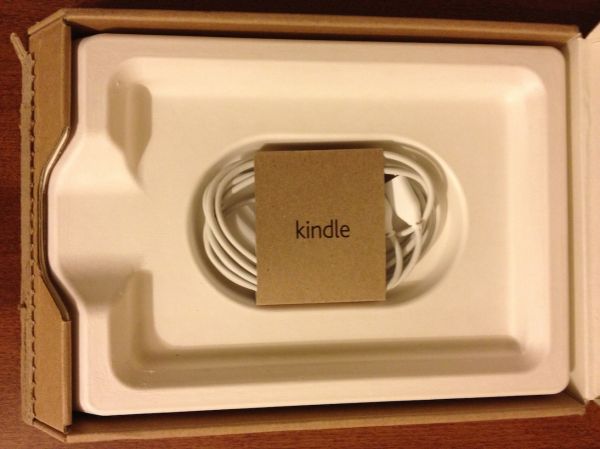








59 Comments
View All Comments
smakme7757 - Thursday, October 20, 2011 - link
I've never owned a Kindle, but i have been using my Android phone (Desire Z) as my e-reader. I'm quite an avid reader and also an avid traveler. Carrying book has always been a pain in the butt,so the Kindle was something i've wanted for a long long time!Living in Norway the Kindle Touch isn't available which left the basic model and buying this basic model wasn't due to money constraints, it was purely because it was the only one i could buy. After using it for a while i must admit that i really like it. Yes, it's a PITA to type on with the virtuel keyboard, but otherwise for reading i think it's fantastic.
Of course i've never had a Kindle so i can't compare, but i can say as a new Kindle user and only having that Kindle to choose from i am really pleased with it :)
futurepastnow - Thursday, October 20, 2011 - link
The author of the Blog Kindle post updated his post- he mis-read the label on the memory chip. It's actually 256MB.stash - Thursday, October 20, 2011 - link
"belabored" is not the word you're looking for...meorah - Friday, October 21, 2011 - link
Kindle as bookcase. There comes a time in life where you have collected so many books in so many bookcases that you eventually have to buy a house with a "book room" to keep all of them together. The office and living room are already full of bookcases, your bedrooms have bookshelves wherever they fit, and you even keep books in boxes in the garage or in the attic. Your library of books just can't grow anymore without risking a book-tastrophe in your home.In that scenario, kindle is by far the most cost-efficient solution, and it keeps book sprawl under control.
Plus even if you can afford to have a library room in your house, you can't take it with you on the plane or a road trip. Kindle at under $100 is invaluable.
Mafoo - Saturday, October 22, 2011 - link
"but since my iPhone always detected the progress I made on the Kindle I’d be more inclined to blame Apple’s device than Amazon’s."To be more clear, the blame is for Amazons software that they developed for the Apple device, not the device itself.
Wolfpup - Tuesday, December 6, 2011 - link
One of the things I don't like about my Nook 2 is it doesn't do the page invert thing with every turn. That's a great visual cue that it's worked, and makes reading a lot easier-I don't have to waste as much brain power with "am I on the next page, or still the last one"?I do like that the Nook 2 still has physical buttons, but they're really crummy, and basically have to be used with your thumbs.
I do wonder how the buttons are on this versus the Kindle 2 or 3. The 2's were pretty nice. 3s are too, except maybe too easy to trigger...I worry this is a step further in that direction, which could make it harder to use than the 3 is.
cerbes - Thursday, December 29, 2011 - link
I was excited about getting a kindle and the price was reasonable. However, as soon as I hooked the kindle up to my laptop it died. I can not get my HP laptop to turn on and do anything now. I don't know what caused the kindle to crash my laptop but not happy. I am scared to hook the kindle up to our desktop computer. I afraid it will cause it to crash as well.TerdFerguson - Sunday, February 19, 2012 - link
I wasn't looking for yet another convergence device, so this Kindle was perfect for me. I, previously, had been buying Mass-Market Paperbooks for quite some time. After buying a few "normal" paperbacks and being amazed at how much easier I found them to read and hold, I went ahead and bought the Kindle. I had seen them before, and even having owned my own Kindle long enough to read a dozen books on it, I am amazed every time I use it at how easy it is to read. The text is so crisp and clear and easy to read that it's just amazing. If you desire a device on which to read, e-Ink is the way to go. Backlit LCDs aren't even comparable.In terms of choosing which reader to buy, the choice was obvious to me - at least once I narrowed it down to being an Amazon product. The Fire, with its LCD screen, is not as comfortable for reading and the battery life is short enough that you are tethered to some form of a charger. The 3G functionality of some devices is more of a turn-off for me than a boon - I am more concerned about leaking data than I am about being able to download a book "on the fly." I mean, really... the most basic of Kindle devices can store thousands of books. I can't imagine ever having fewer than two unread books of interest installed at any given moment, and that should certainly be enough to "hold me over" until I can get to a PC or WiFi access point. The keyboard, audio, and interface differences were the toughest for me to reason out. Ultimately, though, I don't have any more desire to type using a tiny keyboard than I do to hunt and peck with a hat switch. The device is, for me, a means to read books comfortably, and the audio and keyboard do not assist in this endeavor. Quite the contrary, the difference in form-factor detracts from a sublimely comfortable handheld.
I am thrilled with my Kindle 4g, and I couldn't imagine being happier.
Dudule14 - Saturday, April 14, 2012 - link
Hi allI have a kindle 4 but I wonder if the Touche feature is to great for 2 reasons :
1. smudges and so on (it's not the main reasaon I hesitate)
2. thumb movment on touch screen instead of only a press on a button on my kindle 4.
I wonder if the thumb repeated movement could be uncomfortable :
- thumb in the vision field of the text page
- less fast than a press on a button
- at last, repeated pain (think to the repeated press on a mouse, to do a movment that is not a natural gesture)
- in a word : general comfort while turning pages
Could some user of the kindle touch give his impresssions on this point ?
Thanks in advance